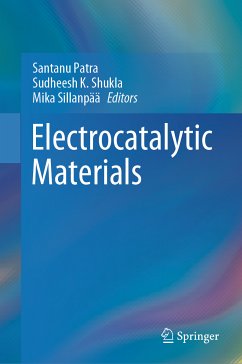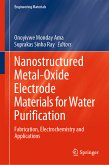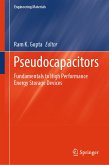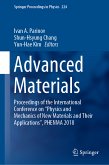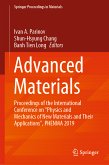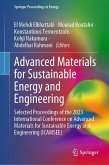This book offers an extensive description of electrocatalysis and the materials used in electrocatalytic processes. It covers cutting-edge studies and in-depth discussions on the applications of electrocatalytic materials in energy conversion and storage (including fuel cells, water splitting, batteries, etc.), sensors, and other potential applications. It also addresses the broader implications of electrocatalysis in academia and industry. Each section of the book highlights the latest developments, contemporary challenges, and state-of-the-art investigations aimed at producing valuable outcomes for end users. With contributions from diverse experts, this comprehensive resource is essential for researchers, scientists, industrialists, educators, and students.
Dieser Download kann aus rechtlichen Gründen nur mit Rechnungsadresse in A, B, BG, CY, CZ, D, DK, EW, E, FIN, F, GR, HR, H, IRL, I, LT, L, LR, M, NL, PL, P, R, S, SLO, SK ausgeliefert werden.

